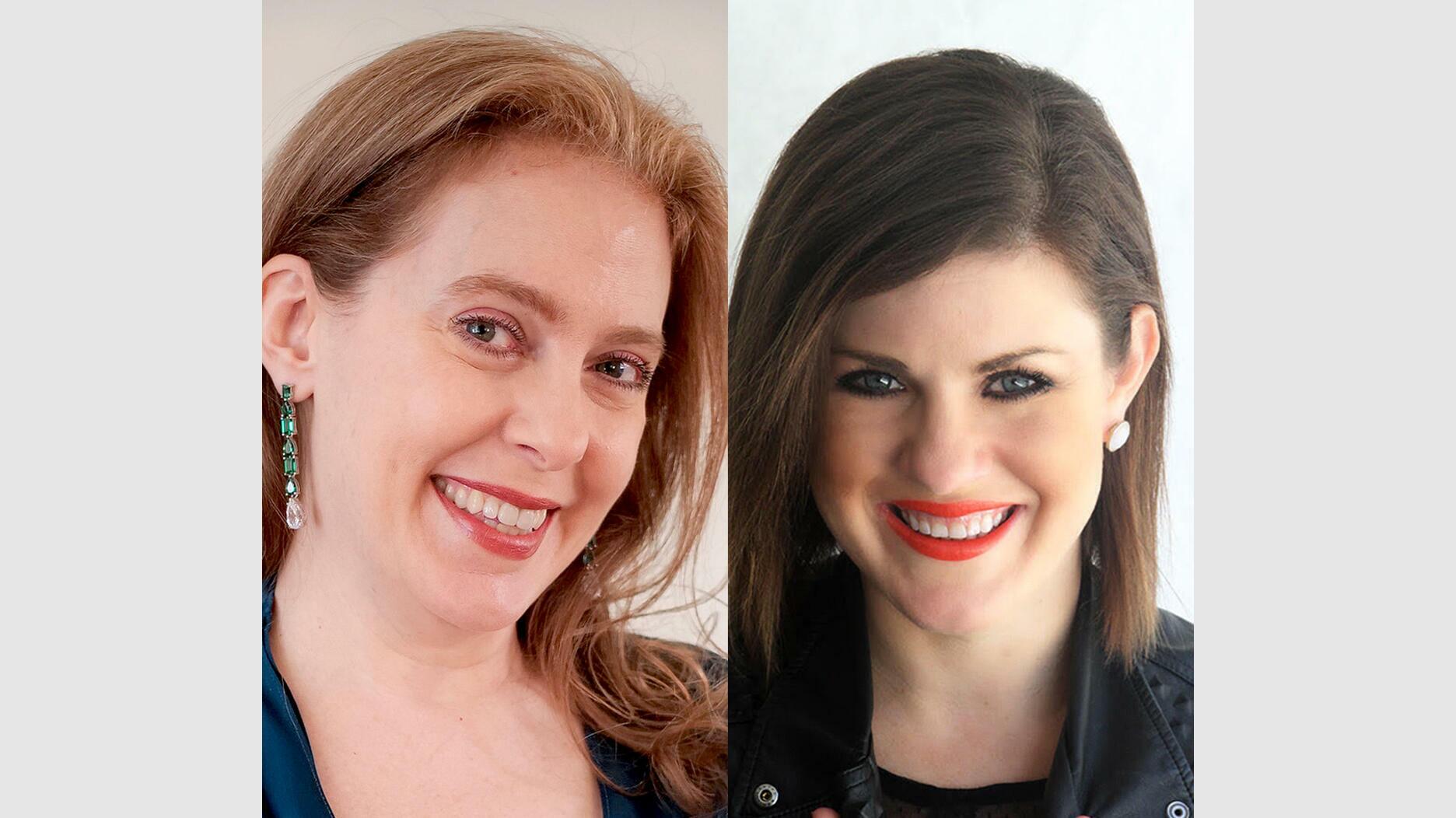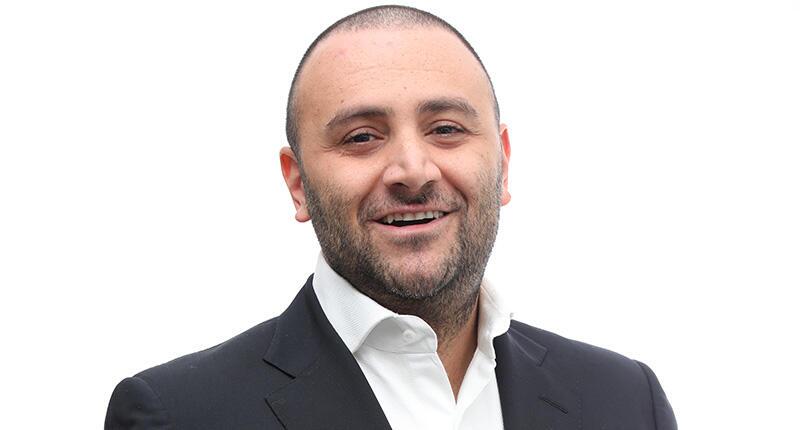Navigating the Headwinds: Is Your Business Ready?
Columnist Peter Smith shares a prediction for the year ahead as the jewelry industry faces a possible slowdown.

If you’ve ever been one of the many who, just moments earlier, deplaned after flying through the night, and across time zones, you may recall the experience as having a certain zombie-like quality to it.
There are herds of exhausted people, moving in unison, mostly quiet, longing for a bed, or at least a breath of fresh air.
After what seemed like an interminable wait, my attention was drawn to one of the immigration officers. He was clearly having difficulty making himself understood to the woman standing in front of him, and his growing agitation was becoming ever more noticeable.
If, as reported in UCLA Professor Emeritus Albert Mehrabian’s famous study on communication, body language is 55 percent of what is communicated, the officer was operating at about 80 percent – and it was all pissed off.
That is, until he recovered his verbals, and he took them, as per Spinal Tap—for those of you old enough to remember —to 11.
The exhausted woman, who had been unable to hear what the officer was saying, was now being berated for having the audacity to show up for a holiday in England without being proficient in the native tongue.
I often think about that airport experience when I see companies that appear to lack a clear sense of direction.
Having defaulted to a lane, or two, or three, they deal with disappointment by going faster in the direction (or lack thereof) they were already headed. They take the immigration officer’s approach and scream their ambiguity even louder.
Inc. magazine asked leaders of 600 companies to estimate the number of their employees who could name their company’s top three priorities. While the leaders predicted that 64 percent would be able to identify the top three priorities, a mere 2 percent were able to do so.
That kind of disconnect is not unusual, and it is even more telling when it is the companies’ own personnel who are confused about who and what their company is trying to be.
How are customers supposed to know? What about prospective new customers? Good luck with that.
The first and most important responsibility of a leader is to set the course for the business. That requires more than hollow sloganeering and bumper stickers.
It starts with being brutally honest about the current circumstances; that includes products, people, processes, investments made or not made, deployment of resources, etc.
It is much easier to make meaningless statements about what you want your business to be than to actually articulate, in blisteringly simple terms, what the business is about, and what it aspires to be, and then set about the task of charting the course with real work, concrete actions, and an honest appraisal of what it will take to get there.
We have ridden the crest of the COVID economy for more than two years. That was then, and this is now.
The task ahead will be infinitely more challenging, and we may not all be quite as smart as we seemed to be when business was flying.
It is hardly prophetic to suggest that we will see a decline in business this year as an industry.
That is not just because the circumstances are beginning to change, due to inflation, diamond supply and pricing, and the broader economy opening up, etc. There’s little doubt those conditions will impact the industry negatively.
The real difference, however, is that the circumstances of the past couple of years were just so deliciously good for our industry. We may never again see that positive confluence of events providing such strong winds at our backs.
Despite the anticipated decline for our industry this year, I am certain that not all companies will retreat from their 2020/2021 performance.
Some companies will “outrun the bear” by executing brilliantly and making important investments, be it in technology, people, expansion, or renovations.
They will obsess over their customers, exceed expectations everywhere they can, use data to help run their business, and create experiences that separate them from the masses.
For some, unfortunately, they’ll blame circumstances beyond their control, make excuses for poor performance, and do a lot of finger pointing.
They may even shout a little louder.
The Latest

Executive Chairman Richard Baker will take over the role as rumors swirl that a bankruptcy filing is imminent for the troubled retailer.

Mohr had just retired in June after more than two decades as Couture’s retailer liaison.

Shekhar Shah of Real Gems Inc. will serve as president of the Indian Diamond & Colorstone Association in 2026.

How Jewelers of America’s 20 Under 40 are leading to ensure a brighter future for the jewelry industry.

This year’s good luck charm features the mythical horse Pegasus, and is our first Piece of the Week of the new year.


Articles about crime, engagement rings, and a necklace worn in the World Series generated the most interest among readers.

As part of the leadership transition, Sherry Smith will take on the role of vice president of coaching strategy and development.

Roseco’s 704-page catalog showcases new lab-grown diamonds, findings, tools & more—available in print or interactive digital editions.

It marks the third time the country has headed the Kimberley Process. Ghana will serve as vice chair.

The new Bulova x Stetson designs highlight two animals often associated with the American West—the bison and the Texas Longhorn.

Its residency at Yamron Jewelers will run through May 2026.

From influential executives to innovative designers, we pay tribute to the people we said goodbye to this year.

The retailer is expanding into areas with large Indian and South Asian populations.

The Italian brand has opened its first flagship amid the peaks of the Dolomites in Madonna di Campiglio, Italy.

The new curation at the Natural History Museum of Los Angeles County showcases rare gem and mineral specimens in their uncut, natural state.

The couple pleaded guilty to concealing at least $127 million in cash transactions at its precious metals businesses.

Consumers shared concerns about prices, inflation, tariffs, trade, and politics in the survey’s write-in response section.

In February 2026, the auction house will move its headquarters to the former Steinway Hall, a neoclassical landmark on Billionaires’ Row.

The new show will take place Jan. 23-25, 2026.

The former BHP Billiton leader and Gemfields chairman is remembered for his influential leadership throughout his 50-year mining career.

The LVMH-owned brand has partnered with the costume design union to revamp its award for 2026.

The luxury titan inked a deal to acquire an initial minority stake in the jewelry manufacturer with a pathway to full ownership by 2032.

The company’s curation of unsigned vintage and estate jewelry debuted at the Bloomingdale’s in Costa Mesa, California.

In the recent multi-shipment seizure, CBP also found counterfeit Audemars Piguet, Moncler, and Chrome Hearts items.

Helzberg’s Chief Retail Officer Mitch Maggart shared details about its tests of a new store concept rooted in an elevated luxury experience.

Jewelers of America execs and National Jeweler editors discuss tariffs, the sky-high gold price, and the engagement that broke the internet.

The luxury goods company said founder Ippolita Rostagno will remain at the brand’s helm.



























